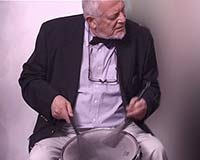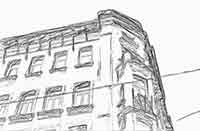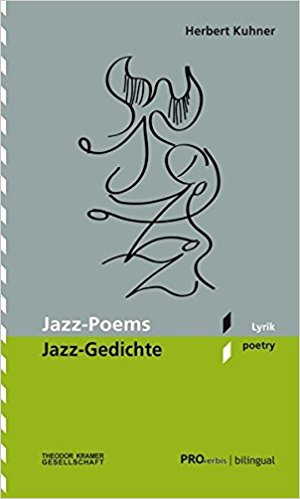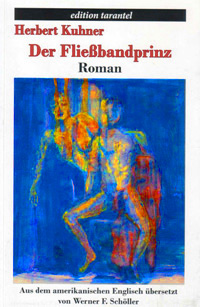My Dog Skip
The Skip of My Dog Skip is a Jack Russell terrier. The film is based on a Willie Morris memoir. Willie gets him as a boy in the Nineteen-Thirties. When he grows up to go off to fight in the war after Pearl Harbor, he has to leave Skip behind.
Skip is now an old dog. As we know dogs can’t talk, but skip shows his love for his master in a touching way. He wants to lie on Willie’s bed, but he has arthritis and can no longer hop onto it. Willie’s father sees him standing next to the bed and lifts him up onto it.
That scene broke me up. I had a dog as a boy, and I can never forget him.
When a dog loves you, his love is as pure as the most human love. No it is more pure than the most human love.

Faithfully Filmed
I don’t want to dwell on the 1962 film, Tender is the Night, directed by Henry King and starring Jennifer Jones and Jason Robards Jr. It was typical Hollywood fare with Robards trying courageously but futilely to get it to approach Scott Fitzgerald. Being a Fitzgerald buff, he must have suffered intensely. That same year, he presented his magnificent dramatic reading of Fitzgerald’s Crack-Up on TV. He had his heart in that, aided by the fact that he’d had his own bouts with the fluid that helped bring Fitzgerald down.
The 1985 mini series based on the said book, starring Peter Strauss and Mary Steenburgen and directed by Robert Knights is an adaptation of the book which is as faithful as can be. Nary a scene from the book is left out of this six-part mini series.
I waited for five minutes of drama in vain. The film is as flat as can be. Scene after scene
takes place without a spark of life. Not that the actors did a bad job, although I thought that Mary was not diaphanous enough for the part of Nicole.
You simply cannot transpose a work from one medium to another impartially. You have to interpret it for the medium you use. Unless you do that, nothing works. It simply falls flat.
I must admit that this book is the only Fitzgerald novel I had difficulty reading. I tried more than once, but I couldn’t stay with it. Perhaps that is why I watched every episode of the series intently. I tried to concentrate on the dialogue that my wandering mind had failed to retain when I attempted to read the novel. The result was more wandering. Perhaps I should give the book yet another try.
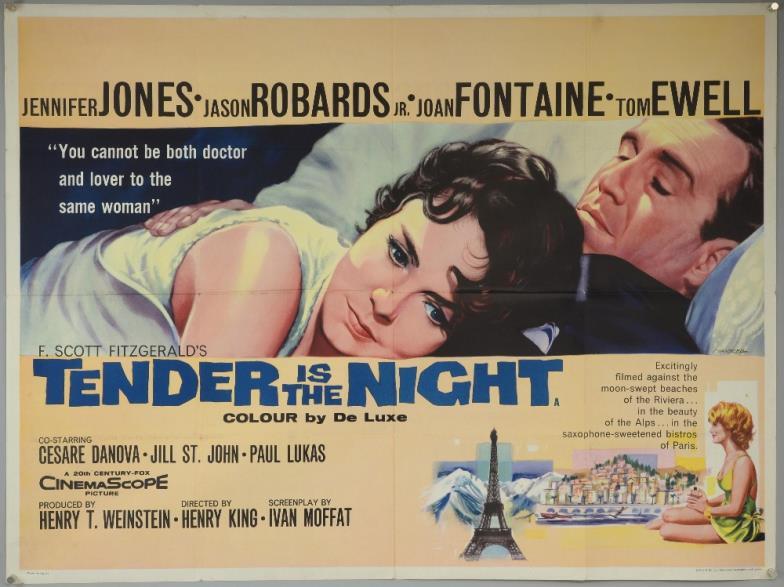
The Battle of Algiers and Quemada
Movies manipulate us. We love to see those outside of the law outsmart the representatives of the law in a movie theater.
When the villains are presented as heroes, they always have good reasons for being outside of the law.
We see a heist on the screen, and we sit in suspense hoping that the fuzz doesn’t show up. In a dark movie house, we want the thief to steal and the hit man to carry out his contract.
I saw two very impressive films by Gillo Pontecorvo, the Battle of Algiers in 1965 and Quemada in1969, the years in which they were made.
Quemada, with Marlon Brando, shows the motives of those who fight with oppressors against liberators very effectively. The motive is basically three squares a day, but you have to risk your life fighting on the wrong side to in order to get them.
As we know, people will do a lot of unsavory things for those “squares.”
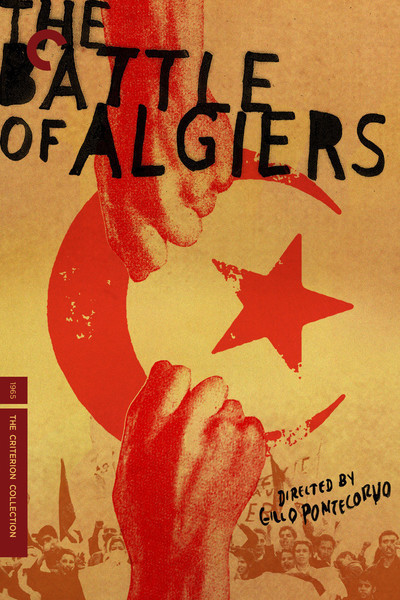
The Battle of Algiers is about the fight of the Algerian fedayeen against the French colonialists. I’m a Francophile, but I wanted them to drive the French out since I considered their cause to be just. In the film the fedayeen are presented as courageous fighters. The French poilus are shown to be pretty damn rotten. Some of the officers who had fought the Nazis were now using Nazi methods against the fedayeen. Decades later they would speak out and defend their actions.
There is a scene in the film in which beautiful Algerian women smuggle bombs in bags and baskets past French guards to lay in cafés and other public places frequented by French civilians.
Suspenseful moments are provided as the women pass through the security checks.
The viewer is on their side and does not want their contraband to be detected. He wants the woman to pass through successfully. He knows as that if they do not succeed, dreadful things lay in store for them.
The baskets are placed in cafés and other public places frequented by French civilians. Then the explosions are heard and seen.
After they succeeded, I caught myself. I should have wanted them to be stopped.
Just then, the explosions are seen and heard. Amid the debris were the dead and the injured. But the camera just gave you glimpses. It did not tarry too long on those scenes.
So that’s how your emotions can be manipulated by celluloid.
This brand of slaughter is an everyday occurrence. It is part and parcel of waging war against a foe that has superior weapons at his disposal, but terror is by no means limited to the weaker adversary. It is the preferred tactic of all sides.
Today, the gore is shown in detail and the camera lingers on it.
to be continued . . .
– Herbert Kuhner










 Users Today : 45
Users Today : 45 Users Yesterday : 68
Users Yesterday : 68 This Month : 426
This Month : 426 This Year : 19286
This Year : 19286 Total Users : 201091
Total Users : 201091 Views Today : 122
Views Today : 122 Total views : 1912034
Total views : 1912034 Who's Online : 1
Who's Online : 1
